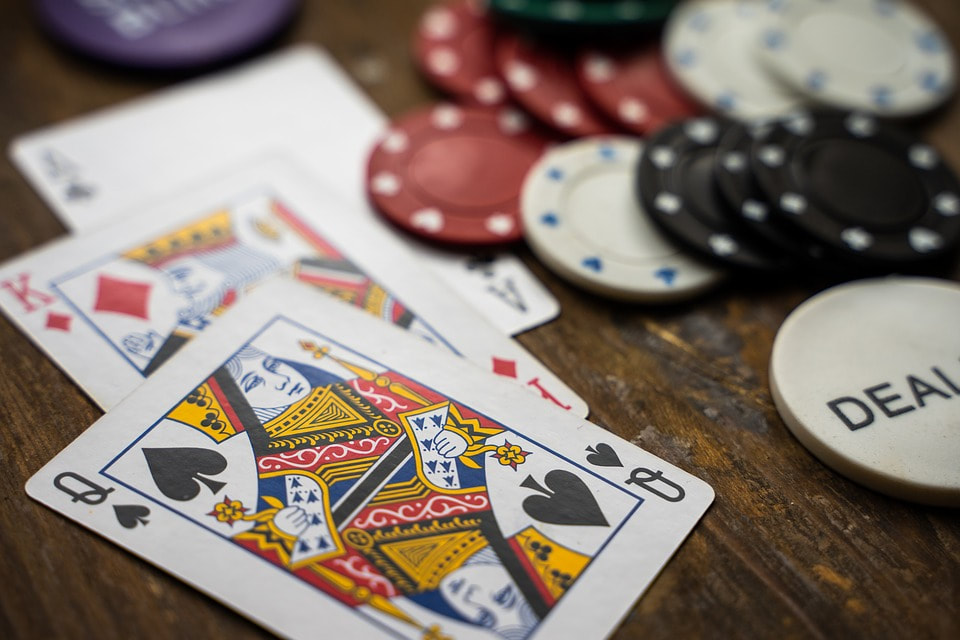|
By Naviya Makhija
The bright lights and chaotic excitement that embody cities like Las Vegas, Atlantic City, and Monte Carlo make them the ideal breeding grounds for casinos and high rollers. People often refer to gambling as an addiction, likening it to drug usage despite the fact that it fundamentally lacks chemically addictive properties. Initially, scientists referred to gambling as a compulsion rather than an addiction, implying merely an urge to carry out an activity, and not a repetitive behavior that invoked pleasure. However, in 2013, it was renamed a “gambling disorder” rather than simply “pathological gambling” and was recategorized under Substance-Related and Addictive disorders. The new definition of gambling as an addiction includes the distinguishing characteristic of a lack of understanding of reality. That is, while those with a compulsive disorder are aware that their compulsions are irrational, addicts are unable to comprehend the senselessness of their actions. This classification opened the doors to understanding and treating gambling as a biological issue rather than as a purely psychiatric issue. A link between gambling and drug-use was originally discovered in the 1980’s, when the former was officially classified as an “impulse-control disorder” by the American Psychiatric Association. The most recent recategorization of gambling as an addiction disorder was a result of research that demonstrated how both gambling and drug-use stimulated the reward center of the brain. Specifically, when gamblers win, their brains release small doses of dopamine, a chemical messenger known as a neurotransmitter, that induces pleasurable feelings, subsequently encouraging them to continue playing. Drugs work in very much the same way. As addicts continue to utilize drugs, their brains become accustomed to higher dopamine levels. As a result, their bodies become less responsive to dopamine; gamblers and drug-users alike require higher doses to feel the same “high” that they once did. Ultimately, the more they use the drug or win the game, the harder it is to stop. While neural pathways can explain the compulsion to gamble, new research has shown that gambling itself can also alter brain circuitry. This refers to the fundamental neural interconnections rather than the aforementioned changes to the chemical transmitters and the bodies subsequent responses to them. A German study from 2005 found that, when gamblers were on a “high,” they experienced a lack of sensitivity to this feeling of pleasure, implying that the prefrontal regions of their brain, which control risk assessment and impulsivity, were not functioning normally. The brain’s incapability of assessing the harmful consequences of the activity, and choosing to continue as though there are none, can lead to addiction. In fact, this new understanding of gambling from a biological perspective has helped redefine the term “addiction.” Instead of referring solely to chemical dependency, it now refers to the act of “repeatedly pursuing a rewarding experience despite serious repercussions.” Scientists can approach gambling as an addiction with this new definition in mind. Therapists noticed that pathological gamblers are most responsive to medication and treatments that were originally designed for addictions rather than for compulsions. In hindsight, the success of this treatment makes sense because it treats gambling like any other addiction and works towards reducing dopamine production in the brain, thus reducing the gambling urge. Medications such as antidepressants and mood stabilizers effectively control the level of neurotransmitters in the brain - like dopamine - and are widely used. However, these medications can cause harmful side effects. Perhaps the greatest potential consequence of using these drugs to combat gambling addiction is the risk of dependency, a biological tendency. Even though the medication weans the patient off gambling, it causes them to latch onto the medication as a substitute, ultimately maintaining their lifestyle of addiction. To avoid potential dangers such as this, a nascent cure known as cognitive-behavior therapy (CBT) has emerged. The therapy relies on teaching the patient how to resist their urges without medication. While this is a return to the view that gambling should be approached from a psychological and not biological perspective, CBT is more beneficial than medication in that it does not have the potential for side effects, nor does it potentially replace one addiction with another. It guides gamblers toward identifying and confronting the thoughts, feelings and irrational beliefs that lead them to repeatedly put their money at stake. Ultimately, CBT’s goal is to achieve “cognitive restructuring” in order to prevent relapse and to establish a long-term treatment method that the patient can independently uphold. As research into the addictive properties of gambling continues, and the definition of what constitutes an addiction itself undergoes change, treatments are also transforming. It’s evident now, that the reason people are so willing to put their cards on the table can be attributed to both psychological and biological causes. Still, perhaps the best, and only way, to truly beat the house is to approach it as a psychological issue, and thereby win in the long run.
0 Comments
Leave a Reply. |
Categories
All
Archives
April 2024
|

